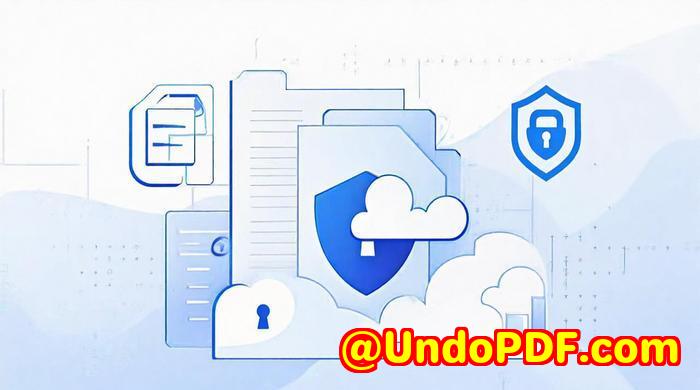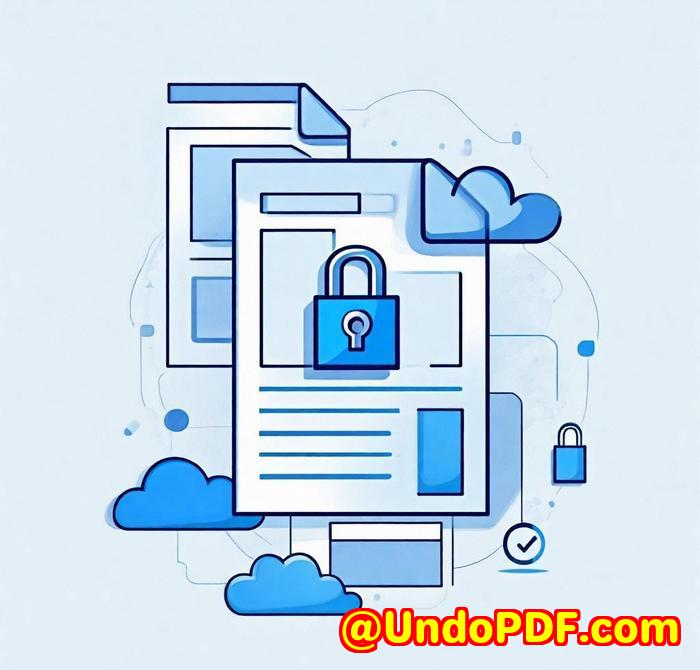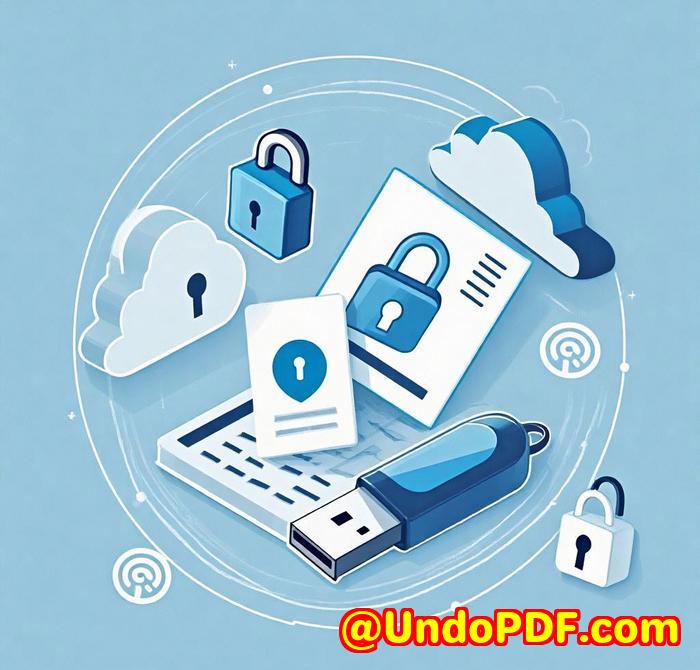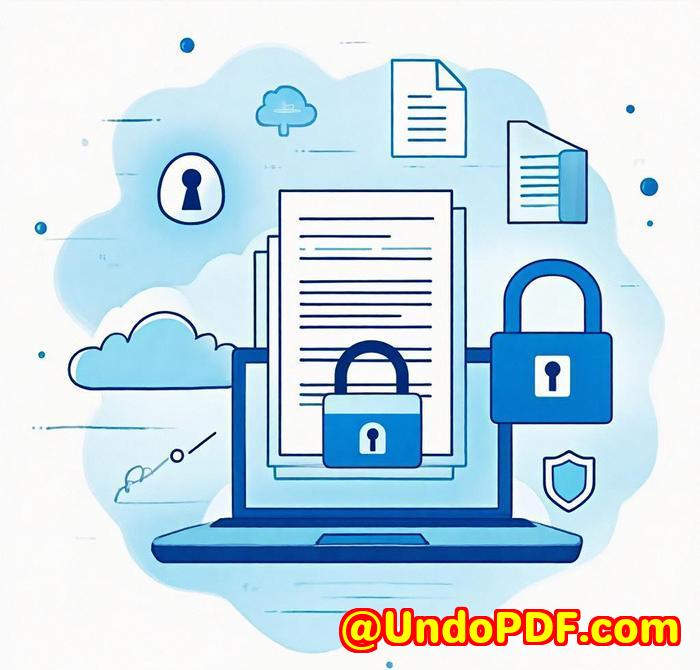Affordable PDF DRM for Accounting Firms to Lock and Expire Financial Statements and Reports
Affordable PDF DRM for Accounting Firms to Lock and Expire Financial Statements and Reports
As an accountant, you’re no stranger to handling sensitive financial documents. You know the drillkeeping them secure, preventing unauthorized access, and ensuring they can’t be copied, modified, or shared without your consent. If you’ve ever stressed about the risk of confidential reports leaking, I’m sure you’ve wondered: Is there a better way to protect PDF files without breaking the bank?
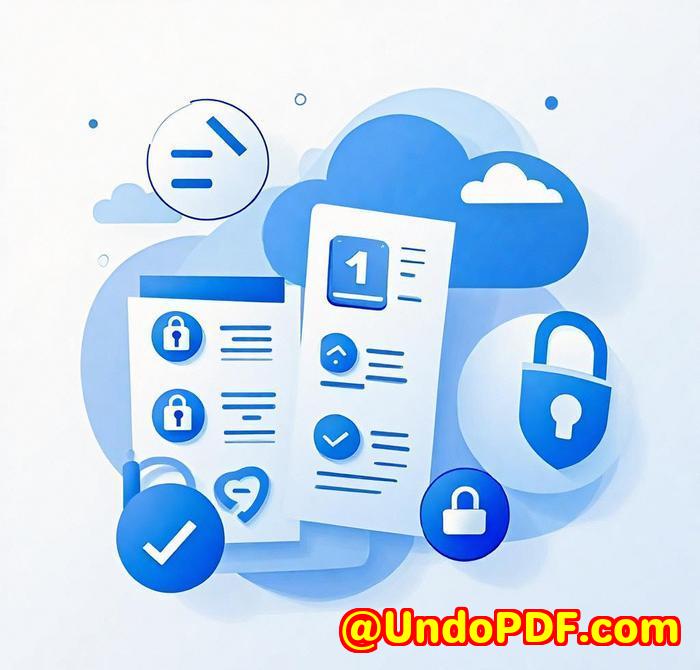
That’s exactly what I was asking myself when I stumbled upon VeryPDF DRM Protector. It’s a free online tool that offers digital rights management (DRM) for PDFsperfect for accounting firms like mine, looking to lock down financial statements and reports.
What is VeryPDF DRM Protector?
VeryPDF DRM Protector is an online application that helps you secure your PDF files like never before. Whether you’re distributing client reports, internal audit findings, or tax returns, this tool ensures your PDFs are safe from unauthorized access. It goes far beyond password protection by offering stronger encryption and licensing controls that give you full control over who can view, share, and modify your files.
Key Features That Make a Difference
-
Stronger Than Passwords
Passwords are useful, but they can be cracked or shared. With VeryPDF DRM Protector, your PDF documents get government-level encryption. You can lock your PDFs to specific devices, USB sticks, or even prevent screenshots and screen grabs. It’s like having a digital vault for your financial statements.
-
Dynamic Watermarks
Ever had someone take a screenshot of your report or tried to copy confidential data? With dynamic watermarks, you can display user-specific info, like their email or IP address, directly on the PDF. These watermarks are permanent, which makes it impossible to remove or hideperfect for deterring anyone who might want to leak information.
-
Set Expiration Dates
If you need a report to expire after a certain number of views, days, or prints, you can easily set that up. It’s a fantastic feature for accounting firms that issue temporary documents or reports that are only valid for a limited time. For example, your tax advice might only be relevant until the end of the month. Once that date passes, the document becomes inaccessible.
-
Offline Viewing Option
Not all accountants work in environments with constant internet access. VeryPDF DRM Protector lets you lock your PDF files so they can be viewed offline on specific devices, like a USB stick, without compromising on security. This makes it ideal for those on the go who still need to access sensitive documents.
My Personal Experience with VeryPDF DRM Protector
When I started using VeryPDF DRM Protector, my main concern was securing reports that I send to clients. In my case, this meant sending financial statements that contained sensitive details. After exploring the tool, I quickly realised how easy it was to apply strong encryption and control when the documents could expire.
For example, I sent a report to a client that was only valid for 30 days. I set the document to expire after that time frame. I could rest easy knowing that even if the client forwarded the document to someone else, it would be inaccessible once the expiration kicked in.
One of the best features for me was the dynamic watermarking. As a cautious professional, I wanted to ensure that no one could tamper with the documents or use them without attribution. Having that personalised watermark on every page really put my mind at ease.
Comparing this with other tools I’ve used, the simplicity and affordability of VeryPDF DRM Protector were immediate standouts. Other tools I’ve tried often require hefty subscriptions and don’t offer the same depth of control, especially when it comes to setting expiration dates and device locking.
Why Every Accounting Firm Should Consider VeryPDF DRM Protector
This tool solves the two biggest challenges accounting firms face when distributing financial documents: security and control. You no longer have to worry about confidential financial data ending up in the wrong hands or being shared without your permission.
Here’s why I’d recommend it:
-
Cost-effective: You don’t need to break the bank for robust security. It’s free and highly effective.
-
Complete control: From expiration dates to offline access, you decide how and when your document is viewed or shared.
-
Peace of mind: The added security layers like encryption and dynamic watermarks make it nearly impossible for documents to be misused.
If you’re in the accounting field and handle sensitive documents regularly, I’d highly recommend giving VeryPDF DRM Protector a try. It will safeguard your files and provide the kind of peace of mind that comes with knowing your financial statements and reports are secure.
Start protecting your PDFs today. Click here to try it out for yourself: https://drm.verypdf.com
Custom Development Services by VeryPDF
If you have specific needs that go beyond the standard features of VeryPDF DRM Protector, you’re in luck. VeryPDF offers comprehensive custom development services tailored to your unique business requirements. Whether you need advanced PDF processing tools for Windows, Linux, or macOS, VeryPDF can create solutions based on technologies like Python, PHP, C++, JavaScript, and more.
Their team can develop anything from document conversion tools to complex PDF security features. If you need a highly specialized DRM solution or want to integrate it into your existing workflows, get in touch with VeryPDF today through their support centre.
FAQs
1. Can VeryPDF DRM Protector be used for any PDF file?
Yes, it works for any PDF document, including financial statements, contracts, and reports.
2. How does the device-locking feature work?
You can lock your PDF files to specific devices like desktops, mobile phones, or USB sticks, ensuring they can’t be accessed on other devices.
3. Is there a way to revoke access to a PDF after distribution?
Yes, you can revoke access to your PDF at any time, making it inaccessible to anyone who might have it.
4. Can I set an expiration date for my PDFs?
Absolutely. You can set your PDFs to expire after a certain number of views, prints, days, or at a fixed date.
5. Is the DRM protection applied to offline documents?
Yes, the DRM protection applies to offline documents as well, allowing you to secure PDFs on USB sticks or for offline use.
Tags
-
PDF DRM for accountants
-
Secure PDF distribution
-
Financial statement security
-
Document expiration for PDFs
-
PDF watermark protection
